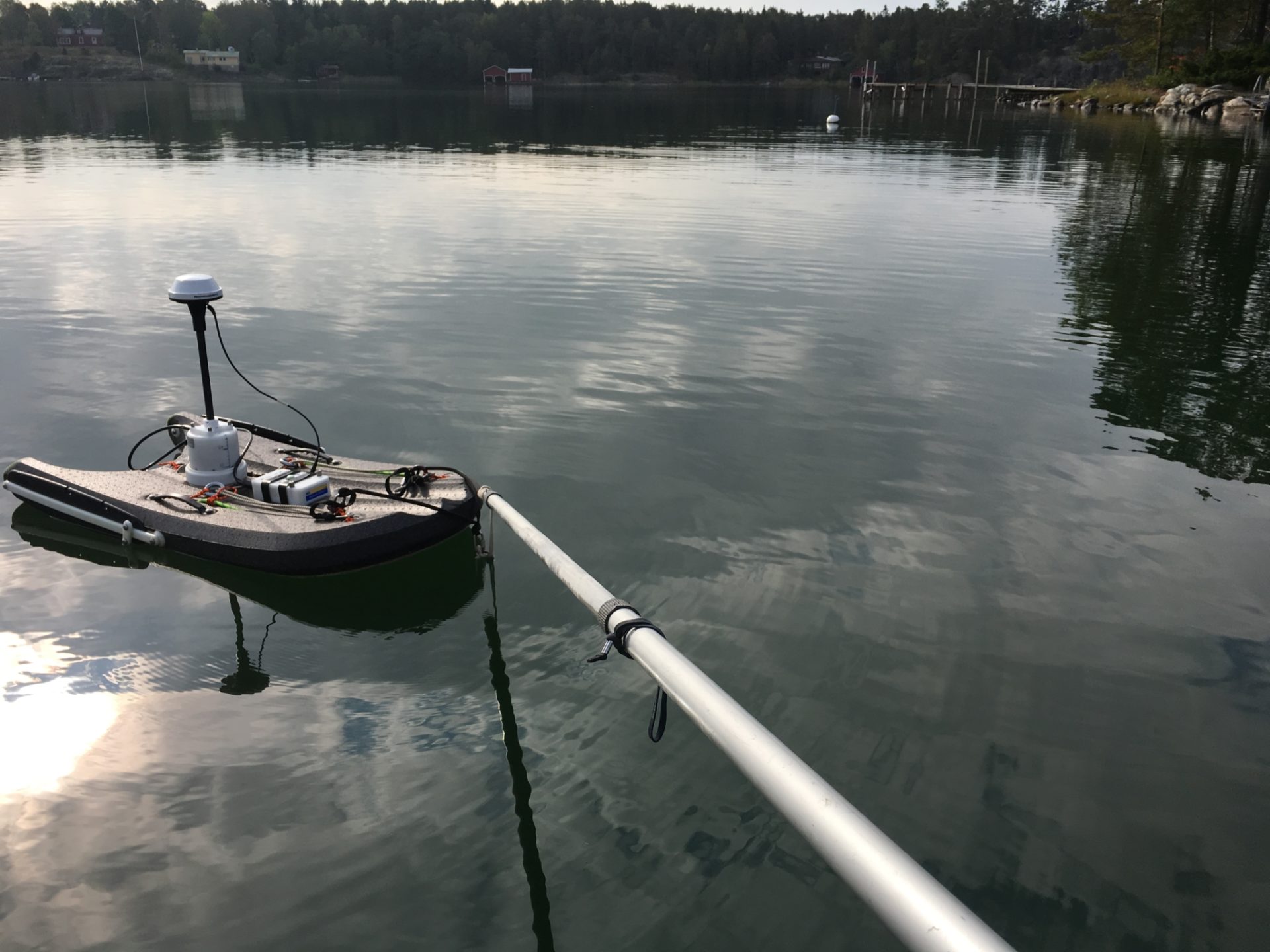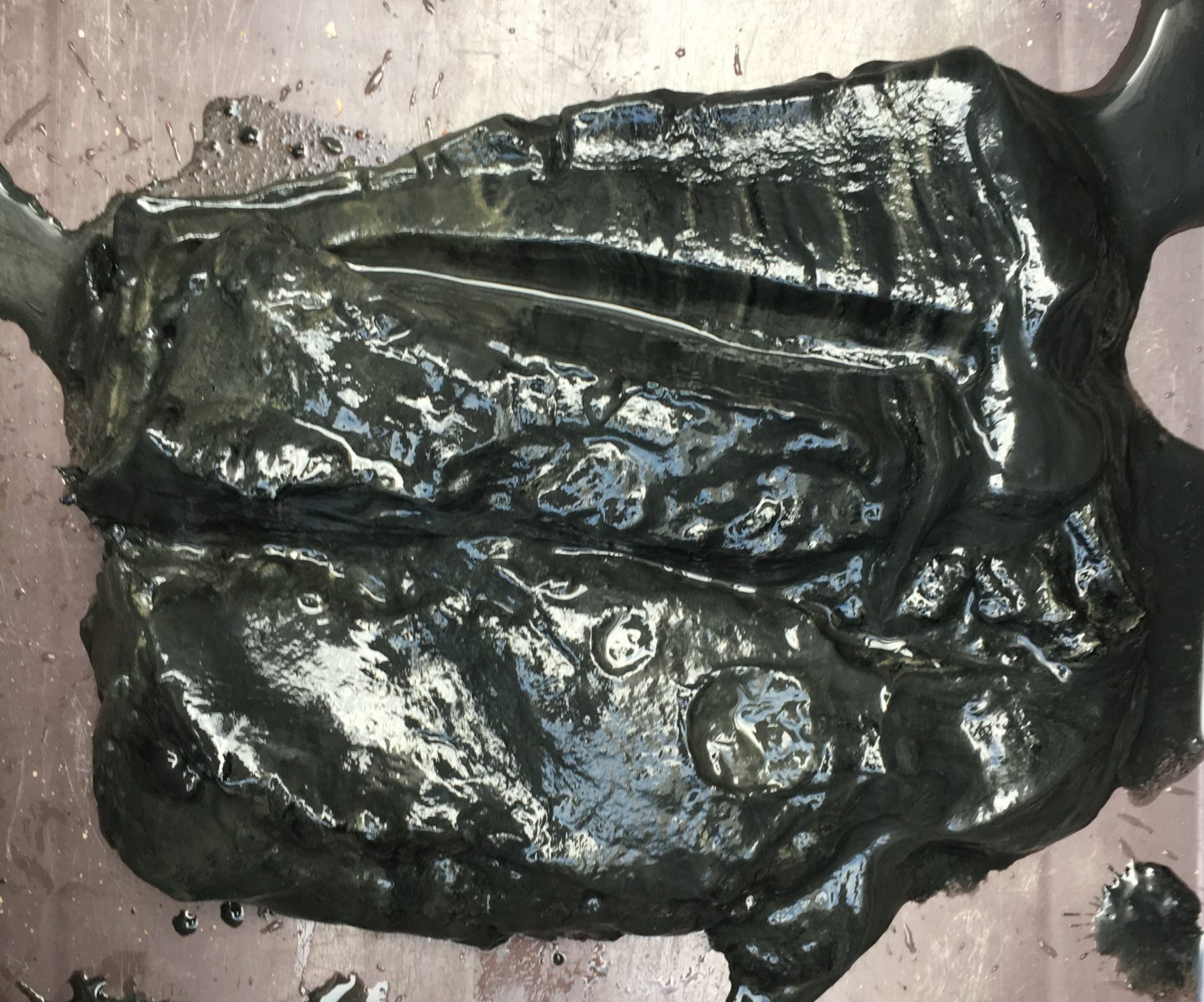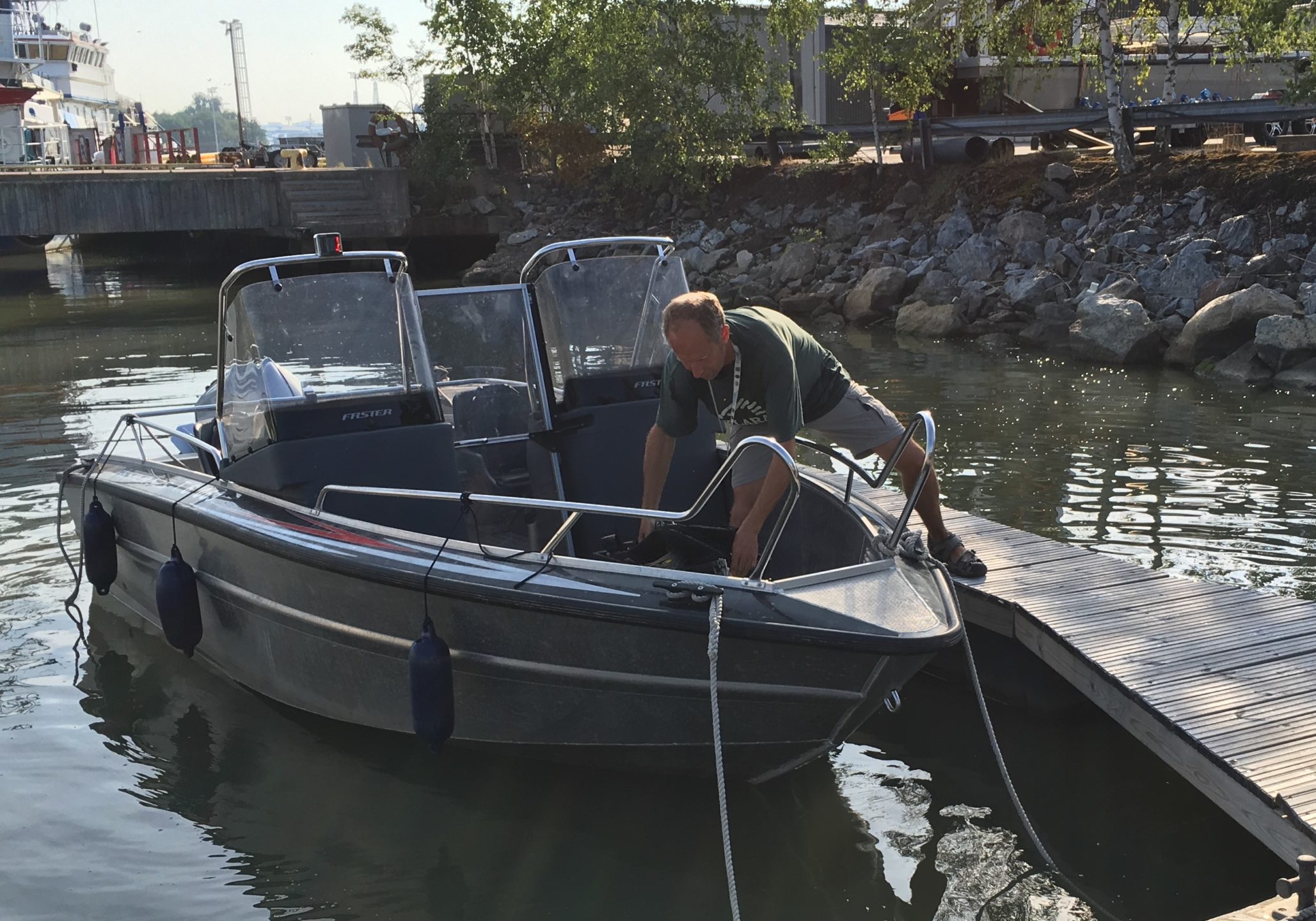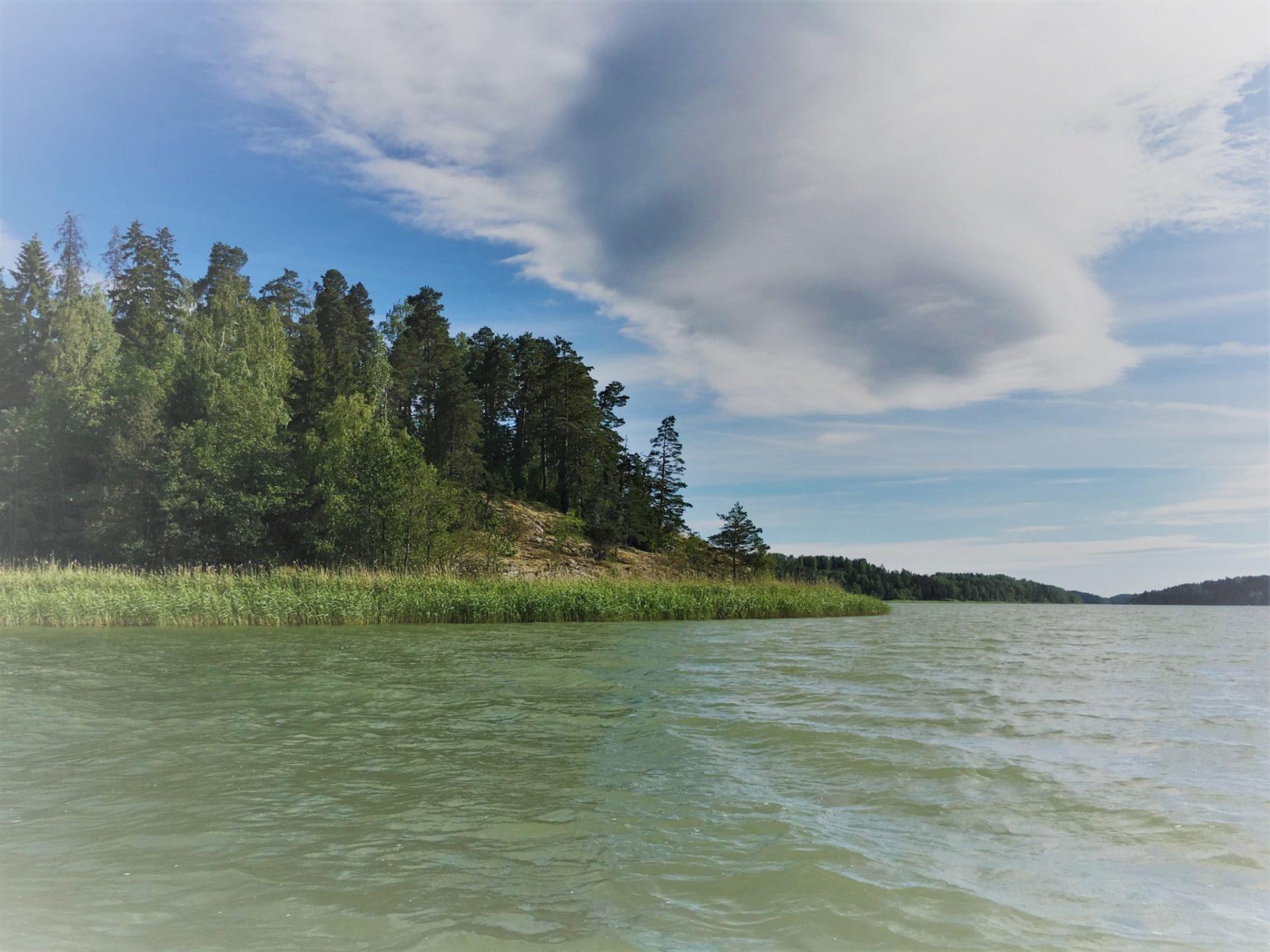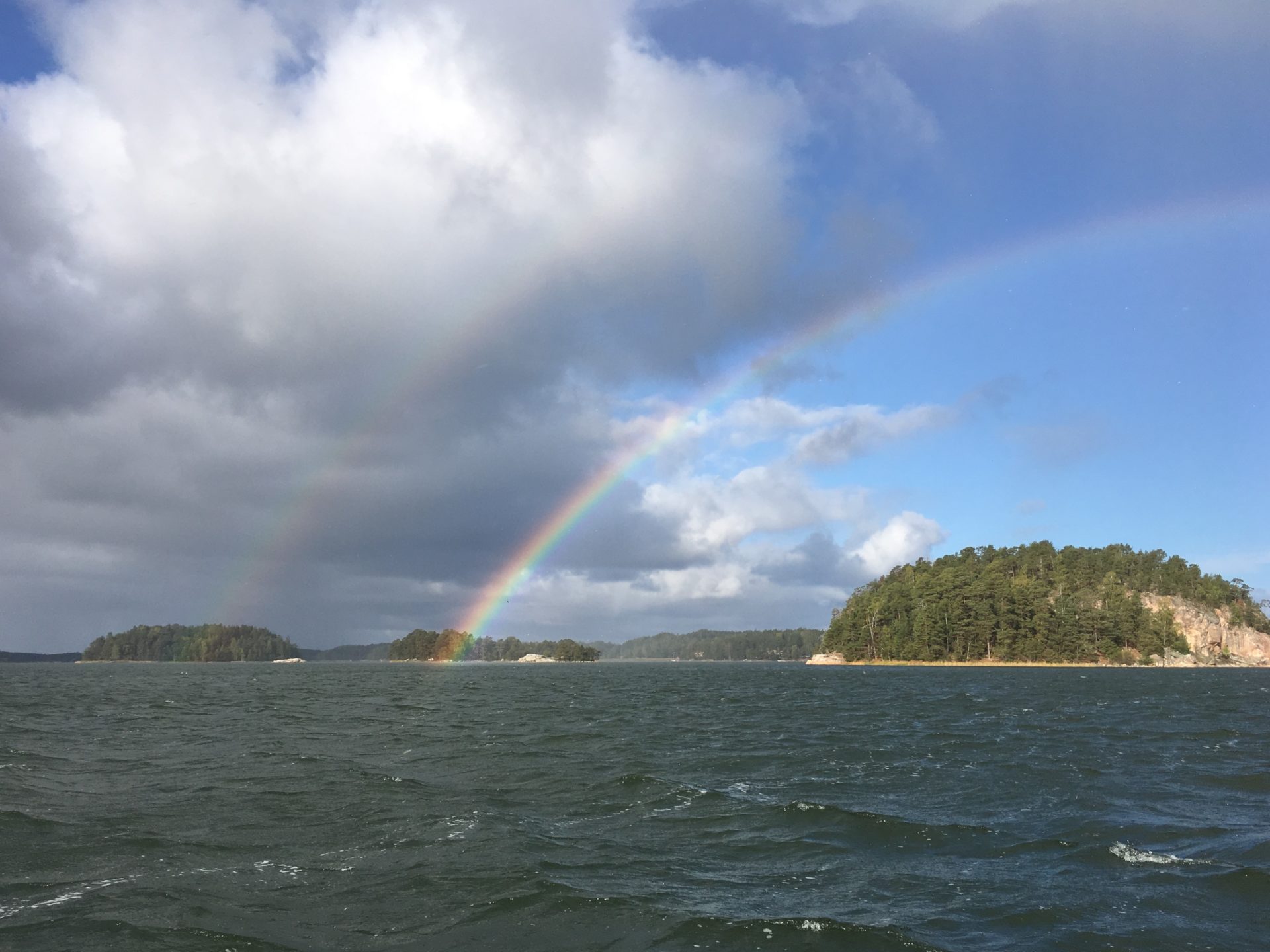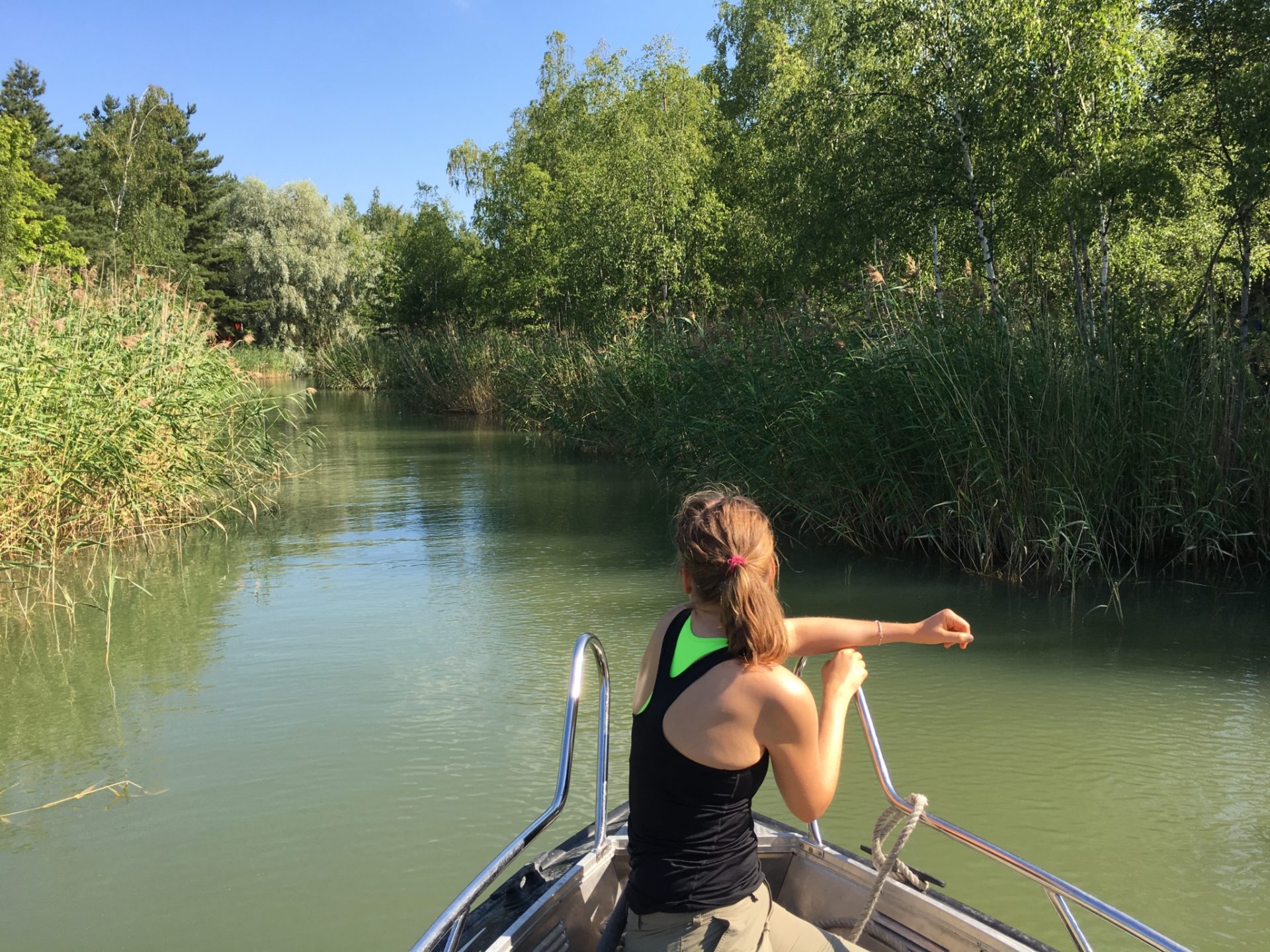
How to find sites for piloting sediment removal
Have you ever wondered how pilot sites are chosen in field experiments? Irma Puttonen, project planner from the Centre for Economic Development, Transport and the Environment for Southwest Finland, reveals her secrets on how the sites in the sediment removal pilot study have been chosen.
You can never be too sure of what to expect when it comes to the sea bottom
The best thing to start with whatever new task is to make a good plan. Well, we could just have headed out to the sea and see what we can find. That is not a good plan now, is it?
This is where I thought I could use my research experience in the Archipelago sediments. I took some maritime maps, and added some sediment and water data to the maps. I looked at the existing sediment maps and the echo sounding profiles I interpreted a few years ago in the area. At this stage, I reminded myself about one of the important lessons I have learned about the heterogeneity of the archipelago: you can never be too sure of what to expect when it comes to the sea bottom. The one and only way to find out what there is, hidden under the surface, is to take a proper look.
Criteria for a desirable pilot site
The plan should include a clear concept of what we should find, so I asked myself what kind of places we were after to find what we are looking for. We had to set some criteria for a desirable pilot site.
The aim is to alleviate the internal phosphorus loading and thereby improve the water quality. Hence, there should be internal phosphorus loading present. We should find a place where the phosphorus concentration is high in the near-bottom water. If there is no oxygen in the bottom, even better. Unfortunately for the living creatures, these sites should not be too hard to find in the Archipelago Sea.
Since we wanted to remove the top-layer, the sediment should be soft and organic-rich. As we wanted to avoid disturbance of life, the absence of benthic organisms would help us in that goal. Simply, the worse the condition of the sediment, the better for our purposes to remediate the environment.
In the sea, it is impossible to find a bay where there is no water flow to and from the surrounding areas. However, the expected improvement in the water or sediment quality can be observed only if the water stays a long time in the area. We do not want the results to be washed away and mixed with the waves of the wide sea. A perfect pilot site should be as sheltered place as possible.
One more thing that we wanted to consider was, of course, the size of the pilot. Limited area of the pilot site would keep the costs reasonable and the work itself more controllable.
In short, these were our criteria for the pilot sites after the first stage of planning:
-
- The ecological condition is deteriorated, signs of eutrophication evident
– Oxygen depletion in the bottom
– High phosphorus concentration in the water
– No visible bottom fauna - The water exchange is Limited
– A small bay with a threshold in the mouth
– Alternatively, a hole-like depression in the shelter of islands
– Calm sedimentary environments, sheltered from waves, low current velocities
– Soft, organic-rich sediment accumulation - Reasonably small area
- The ecological condition is deteriorated, signs of eutrophication evident
Cruising around the Archipelago Sea for closer inspections
Finally, the big moment came, to which I had so much been looking forward. Off we went to explore the Archipelago Sea.
On our repeated cruises to the Archipelago Sea, we visited and sampled altogether sixty-seven small bays or depressions on the sea bottom. A few of the potential ones we selected for closer inspection.
The weather was on our side all summer and autumn. I did not mind spending my days out on the sea, looking for stinky black mud, instead of having a holiday, endless labouring in the garden, sweating, pulling weed, mowing lawn, watering plants and what not.
Our last cruise of the year ended in heavily falling large snowflakes over the darkening water. The field season was over.
The precious Archipelago Sea needs our help
As you might guess, we found plenty of dead bottoms, black mud, stinking hydrogen sulphide, oxygen depletion, phosphate in the water, blue-green algae during the field season. Our Archipelago Sea, precious beyond measure, needs all the help we can give. Let us hope these pilots will give some promise for the future. Follow our website, subscribe to the newsletter, and keep posted on the progress of the pilots!



